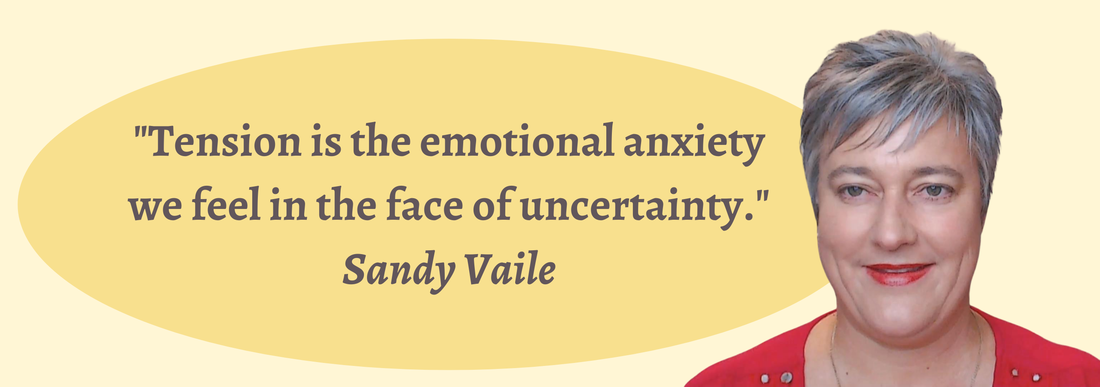|
Author: Sandy Vaile Originally published by Romance Writers of Australia in the Hearts Talk ezine, 2020. Republished by Romance Writers of Australia in the 30th Anniversary magazine 2021. How to use uncertainty to keep readers on the edge of their seats.We are all familiar with being so engrossed in a story that we can’t put it down: the “I’ll just read one more page before bed time” scenario.
Tension is the critical element that keeps readers expectant regardless of the genre, place in the story, or whether a scene is action-packed or reflective. Read on to find out how to increase uncertainty and eek it out for as long as possible, to keep readers on the edge of their seats in your stories.
7 Comments
Providing readers with truly memorable stories requires complex and authentic characters, but to provide the kind of meaningful character traits and motivations that keep readers intent throughout a story and pondering its characters long after they close a book, you need to go much deeper than the standard Character Profile checklist.
The trouble is, deficient characters lead to weak stories. So, it's not enough to figure out where they came from, you need to make their thoughts and actions relevant to the plot. Too often, when working with authors, I find missed opportunities in this area, which leaves readers not quite satisfied. The consequences of not delving deeply enough into a characters psyche are:
The key to bringing out the best and worst in our characters, is to make their thoughts and actions relevant to the plot. Whether you start with plot or character, to create a dynamic story, you need to tie the two together and this means knowing which parts of their personality and backstory you can use against them, and which abilities you can harness to give them a fighting chance. It’s not enough to fling mud at the wall and see what sticks, you have to know which parts to use and how to leverage them for the benefit of the story. |
Fearless ProseEmpowering aspiring authors to confidently write novels they're proud to publish Categories
All
Archives
May 2024
|
© Sandy Vaile 2012-2024 |
Contact and Privacy Policy - About Sandy |



 RSS Feed
RSS Feed